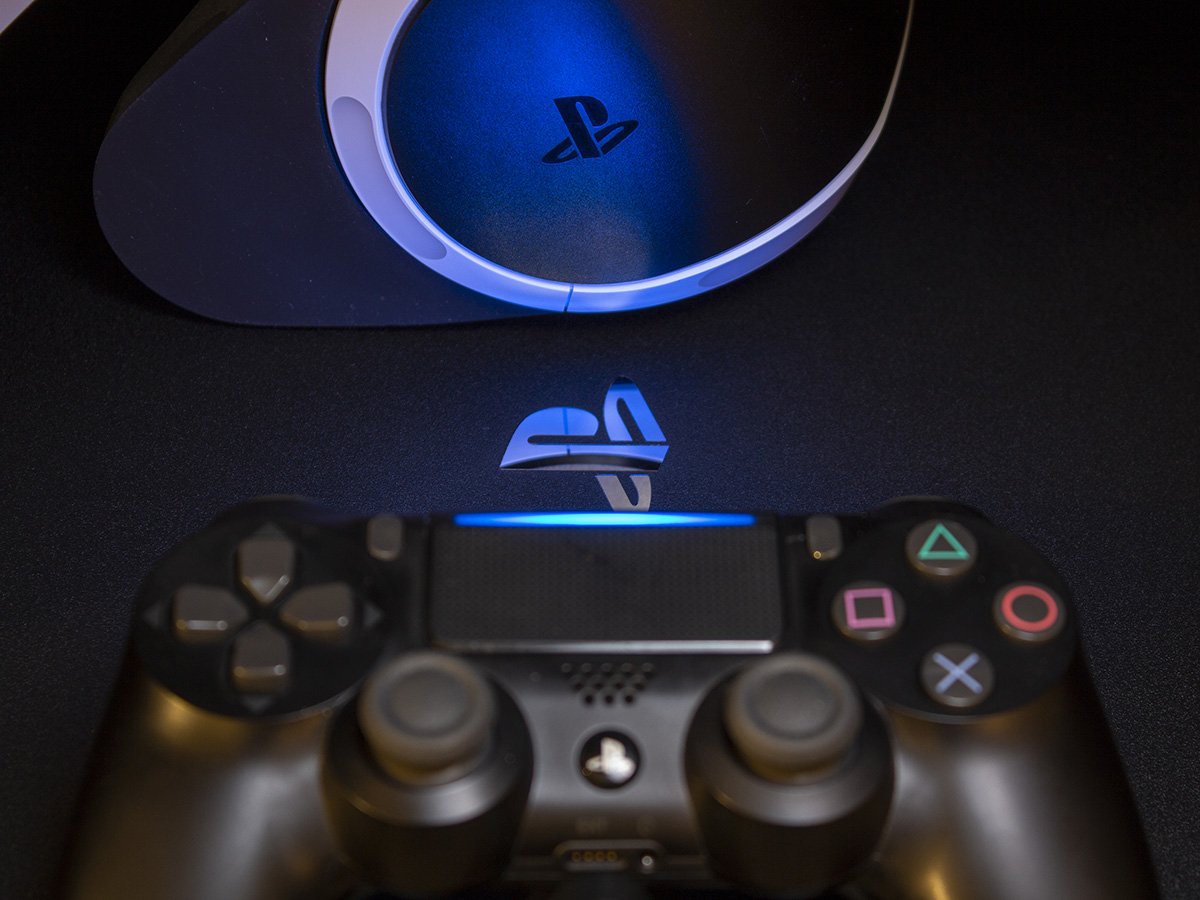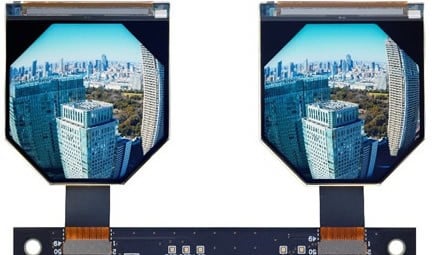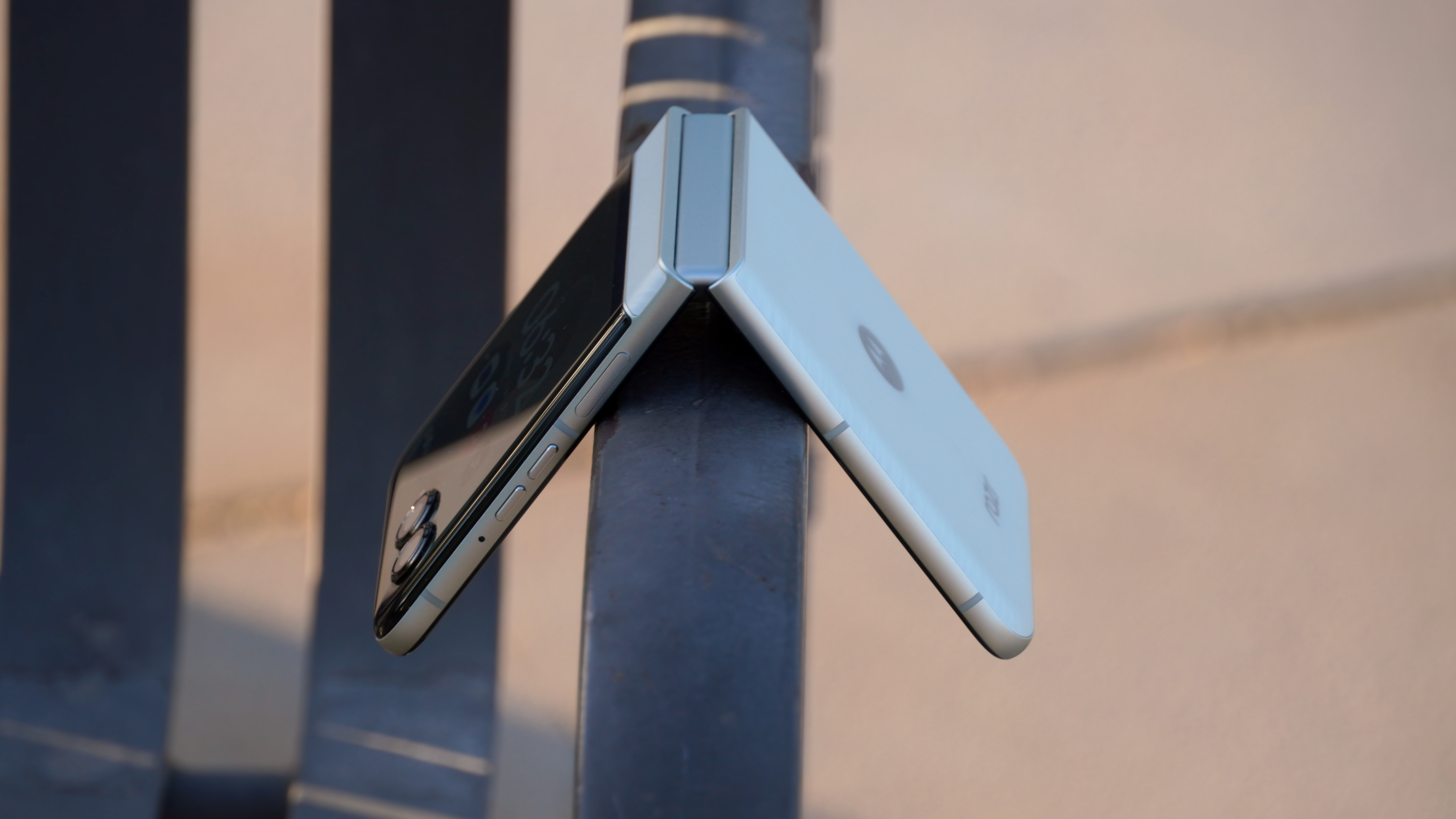Could this be PS5's new PSVR 2 display?

What you need to know
- A new LCD display panel from JDI built specifically for VR has entered mass production and is currently being used in upcoming XR headsets.
- JDI's new display sports an incredible 1,058 ppi density, or more than double the density of most other VR displays.
- While Sony is a stakeholder in JDI, it's unlikely this will be used for the PSVR 2 for a number of reasons.
Japan Display Inc. (JDI) has announced a super pixel-dense LCD built specifically for use in future VR headsets. While a 1600 x 1600 resolution doesn't sound ground-breaking, the pixel density is. JDI's new display sports an incredible 1,058 pixels-per-inch (ppi) density, made possible by the RGB stripe sub-pixel arrangement and the tiny 2.1-inch size. Comparitively, headsets like the PSVR feature a 386ppi density.
It's also got a 120Hz refresh rate, which is on-par with the current-generation PSVR and significantly higher than headsets like the Oculus Rift S and Oculus Quest, which are at 80Hz and 72Hz, respectively. These all seem like shoe-ins for the next PSVR headset, especially since Sony is a stakeholder in JDI, but it's entirely likely that this display isn't the one Sony is going to use in the upcoming PSVR 2.

Despite just being announced for mass production, this new JDI display is currently being used in the upcoming Lynx-R1 mixed-reality headset, as confirmed by Mixed. These new smaller displays are important for a unit like the Lynx R-1 because it is a standalone XR headset, similar to the Oculus Quest, but with a different design since it's made for mixed reality and not just virtual reality.
Since the PSVR 2 relies on the PS5 to power it and doesn't need the extra space for components and batteries inside as a standalone VR unit does, it's logical that Sony wouldn't choose a display that offsets important specs just for the sake of saving space. The new JDI displays sport a 4.5ms response time, also known as pixel persistence, which puts them at more than double the persistence rate of other high-quality VR-only LCD displays such as the ones found in the Oculus Rift S.
Higher pixel persistence means more motion blur; something you absolutely do not want in a VR application. The original PSVR and most first-generation consumer VR headsets like it utilize an OLED display, which was primarily chosen for its deep blacks, high refresh rates, and extremely low pixel persistence rates, often as low as 1ms. That helped alleviate the sickness that some folks experienced in VR.
What to look forward to in VR in 2020
Get the latest news from Android Central, your trusted companion in the world of Android

